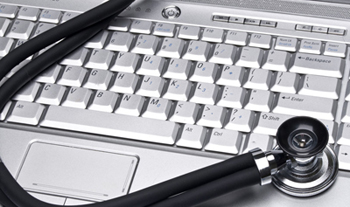According to medical liability experts, electronic medical records carry legal risks that can be avoided with sufficient care. Here are some safe practices physicians can follow and reduce any unforeseen risk.
- Do not rely too much on computer programs that are designed to help physicians make a differential diagnosis. This is advised because the templates do not always cover all symptoms pertinent to a particular medical condition.
- It is true that electronic medical records allow you to move through patient records quickly. However, do not cut and paste medical data because you may be pasting incorrect information. Similarly, be watchful when moving from the records of one patient to another so that no mix-up occurs.
- The convenience offered by EMRs often lead physicians to become lax when entering notes electronically. This is something to be avoided and physicians must be very systematic when entering patient details.
- There should be a foolproof system in place that can indicate even the minutest changes made to the records.
- All measures should be taken to safeguard electronic patient data. Employees should not be allowed to take portable devices out of the office.
- In case a data breach occurs, follow all notification requirements of your state law. Ensure that your staff follows the rules immediately.
- Do not destroy or delete the EMRs if there is possibility of a lawsuit. All electronic data including phone messages, computer records and emails must be carefully preserved for future use.




